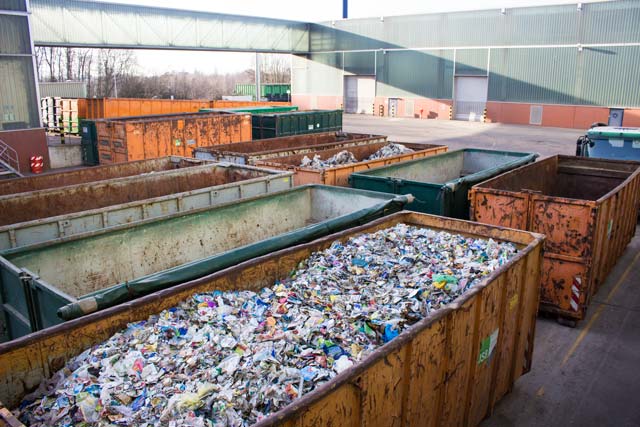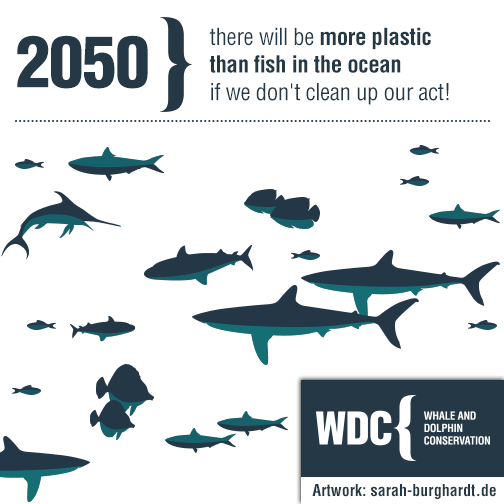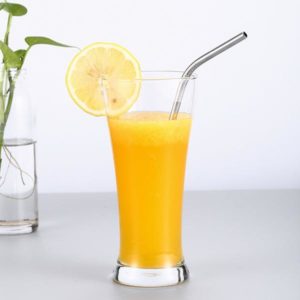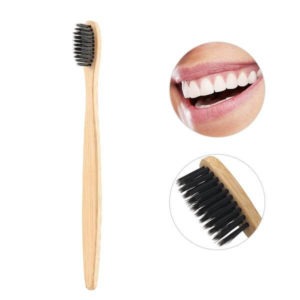Plastic in the ocean. We have all wondered: how does plastic end up in the ocean? We know our oceans and seas are suffocating on plastic. We’ve all seen plastic bottles, plastic straws, and plastic toothbrushes polluting beaches. Everyone heard the stories of marine creatures like seabirds and whales dying when their stomachs become packed full of plastic.
Every minute you are spending, one marine animal is dying. Every minute literally 1 ton of plastic makes its way into the ocean.
But how does plastic actually end up in the oceans? Let’s find out!
Even if you live hundreds of miles away from the coast, the plastic you throw away could make its way into the sea.
But how does all the plastic end up in the Ocean? It’s not like we rent a ship to throw our household trash into the water…
Did you know that 80% of all the plastic in the oceans comes from land based activities and not from what is thrown or lost overboard from ships?
There are three main ways the plastic we use every day end up in the oceans.
1. Misconception that plastic thrown in garbage bins (or trash cans) will be discarded safely in landfills and perhaps recycled.
I always thought that throwing my trash into trash cans and dumpsters meant that I could prevent plastic pollution.
Plastic you put in the garbage bin ends up in landfill. When rubbish is being transported to landfill, plastic is often blown away because it’s so lightweight. From there, it can eventually clutter around drains and enter rivers and the sea this way.
Just a couple of months before writing this blog, Shia, the Zero Waste Blogger, visited a waste management facility, and she captured this photo of open containers full of plastic trash right out in the open where some of it can easily be blown away.
There are also trash mountains at the harbor right next to the water, waiting to be loaded onto a ship. Guess what? A part of it will get blown right into the rivers or the sea!
2. Littering plastic ends up in the ocean.
Litter dropped on the street doesn’t stay there. Rainwater and wind carries plastic waste into streams and rivers, and through drains. Drains lead to the ocean!
Major rivers around the world carry an estimated 1.15-2.41 million tons of plastic into the sea every year – that’s up to 100,000 rubbish trucks.
Holidaymakers and tourists visiting beaches and leaving behind their plastic straws, plastic bottles, food packaging, and cigarette butts on the sand directly contribute to plastic getting into the ocean.
Here’s a great video illustrating how a plastic bag reaches oceans. However, this video applies to all kinds of plastic.
3. Products that go down the drain reaches ocean.
We talked about “drains lead to the ocean” in second point. Remember? If not, go back and have a look again.
Here’s the explanation.
Many of the products we use daily are flushed down toilets, including wet wipes, cotton buds and sanitary products. Microfibres are even released into waterways when we wash our clothes in the washing machine. They are too small to be filtered out by waste water plants and end up being consumed by small marine species, eventually even ending up in our food chain.
4. Industrial Leakage to plastic in the ocean.
Industrial processes are responsible for some plastic getting into the environment, either when products containing plastic aren’t disposed of properly, or escaping during the production and or transporting of products.
What is the problem with plastic in the ocean? Why is it bad for us and the wildlife?
This video sums it up.
How to reduce plastic in the ocean?
Mobile phone, television, all have plastic. We cannot give up everything. So we need to eliminate the single use plastic from our lives like plastic straws, plastic cups and bottles, plastic toothbrushes, plastic bags, and as many plastic items you can think of that you throw away frequently.
Recycling is a good thing but with the increasing population and the growing demands, the waste management system is bound to fail. We have to tackle the problem from the source.
Suppose there’s a running tap with dirty water in a clear pool. Will you clean the pool or close the tap?
To end ocean plastic we need corporates to reduce the amount of single use plastic they are selling and the best way to do so is to boycott single use plastic.
But they are used in everyday lives. How to give up on them without disturbing our life?
5 steps to prevent plastic ending up in the ocean.
1. Use eco-friendly alternatives like Reusable Steel Straws, Reusable Portable Bottles, Reusable Toothbrushes, and so on.
2. Don’t buy or use cosmetics that contain microbeads! (microfibers)
Your product contains microbeads if it lists one of the followings as an ingredient: polyethylene, polypropylene, polyethylene terephthalate or polymethyl methacrylate.
3. Prefer natural over synthetic fibres when buying new (or pre-owned) cloths.
4. Don’t litter onto the street (no cigarette buds either), and do pick up if you walk past loose trash on the street.
5. Avoid items that are plastic packed. Tell your retailer not to pack them in plastic or styrofoam or bubble wrap. Do not encorage gifts wrapped in plastic as well.
Be a responsible citizen. The world economic forum predicts: by the year 2050, there will be more plastic in the ocean than fish. You decide what you want. Planet or Plastic?
Do not forget to share this blog with more people.

Reusable products










